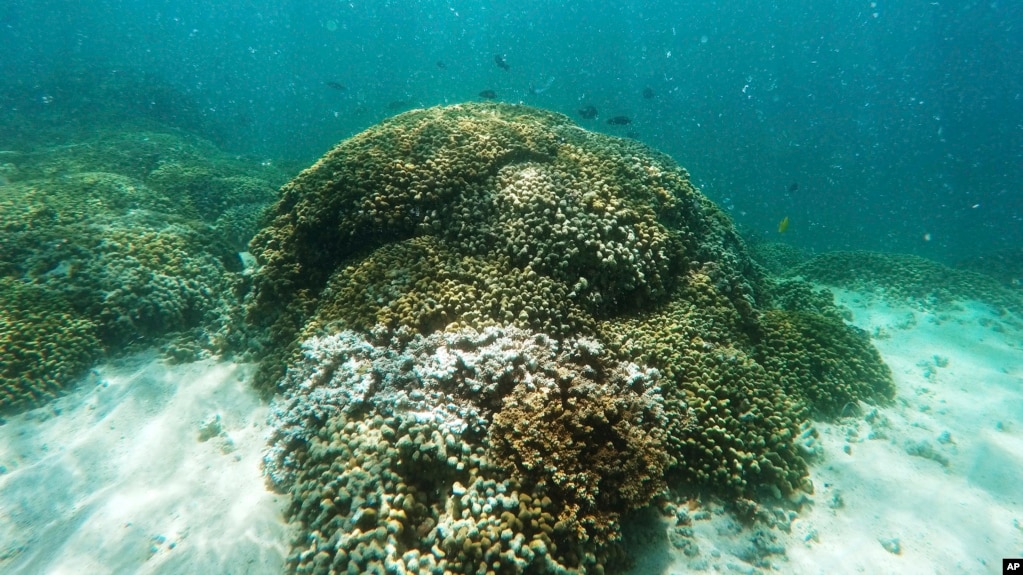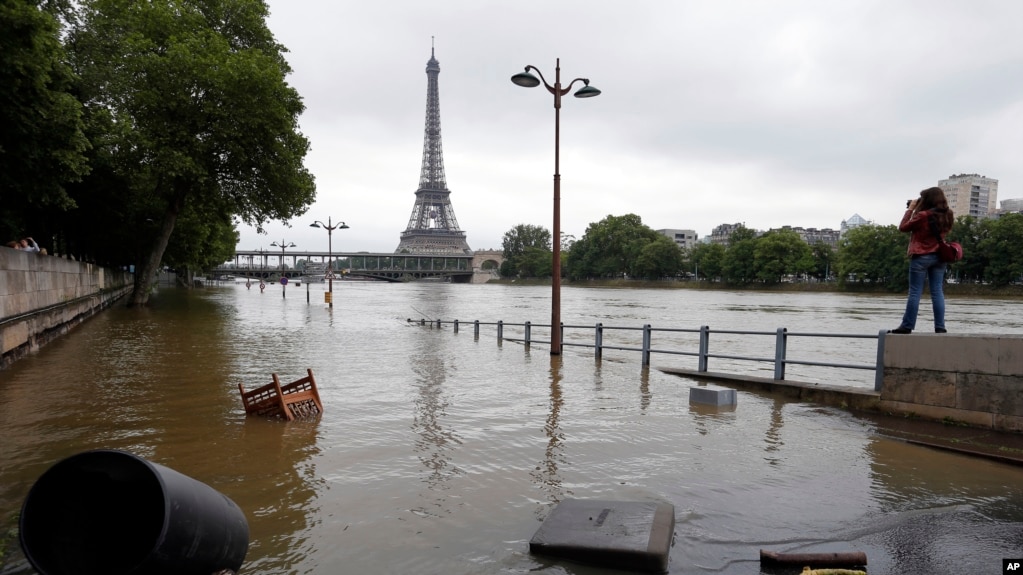October 8, 2015 – A consortium of ocean scientists, reef mappers and community-based monitoring teams, including the National Oceanic and Atmospheric Administration (NOAA), XL Catlin Seaview Survey, The University of Queensland, and Reef Check, today confirmed a “global coral bleaching event” is underway. Increased ocean temperatures due to climate change, combined with the warming effects of an El Niño pattern and a Pacific warm water mass referred to as “The Blob”, are driving temperatures to record levels and threatening to severely deplete the coral reef ecosystems that support fish habitats, shoreline protection and coastal economies. The announced global coral bleaching event, only the third of its kind in recorded history, is expected to impact approximately 38% of the world’s coral reefs by the end of this year and kill over 12,000 square kilometers (4,633 square miles) of reefs, according to NOAA. Although reefs represent less than 0.1 percent of the world’s ocean floor, they help support approximately 25 percent of all marine species. As a result, the livelihoods of 500 million people and income worth over $30 billion are at stake. A summary of these findings, as well as new information about coral bleaching and never before seen high-resolution imagery, has been specially developed to explain the event: Global Coral Bleaching. The declaration of the 2015-16 global coral bleaching event was confirmed by NOAA after its bleaching predictions were verified by scientists and citizen scientists in the Atlantic/Caribbean basin including rapid response surveying teams from the XL Catlin Seaview Survey, The University of Queensland and Reef Check. These reports added to the growing list of reports in the Pacific and Indian Oceans.
http://www.globalcoralbleaching.org...al-Bleaching-Event-for-2015_Press-Release.pdf
Not at all a good thing.
http://www.globalcoralbleaching.org...al-Bleaching-Event-for-2015_Press-Release.pdf
Not at all a good thing.



 . Ummm..........no........we cant. Like if we all get together in a big room and sip a few latte's together, we can collectively throw a switch and reverse coral bleaching!!
. Ummm..........no........we cant. Like if we all get together in a big room and sip a few latte's together, we can collectively throw a switch and reverse coral bleaching!!







